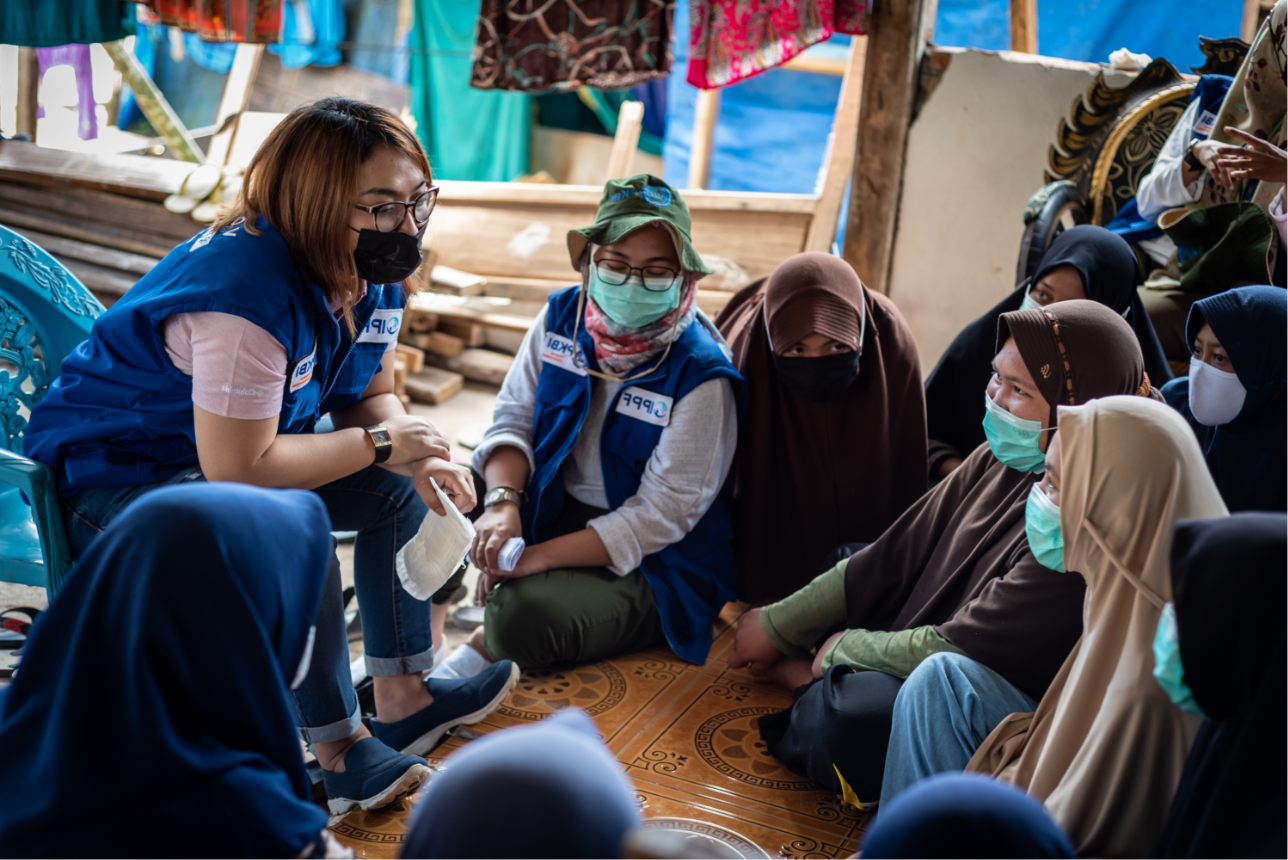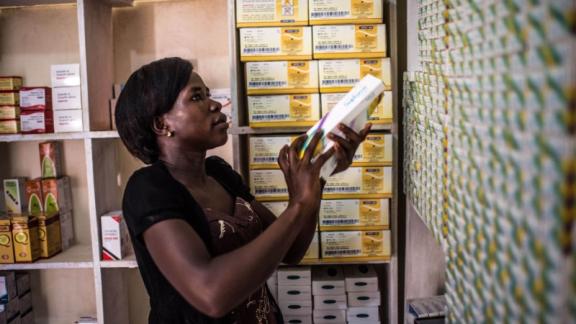Spotlight
A selection of resources from across the Federation

Review of IPPF’s Governance Reform
This report aims to identify the greatest impacts of the governance reform on the Federation and its work, enabling factors and barriers to reform, opportunities to build on and key lessons learned.
Filter our resources by:

| 22 December 2016
IMAP Statement on preventing cervical cancer
Cervical cancer, largely preventable, is one of the main causes of cancer death in women. In 2012, 528,000 new cases of cervical cancer were diagnosed and 266,000 women died of the disease, nearly 90 per cent of them in low to middle income countries. Deaths due to cervical cancer are projected to rise by almost 25 per cent over the next 10 years.1 Most women die of the disease when they are still in the workplace and caring for their families, at a high cost to society and to the economy. Cervical cancer prevention encompasses a wide range of interventions, which provide IPPF Member Associations with multiple opportunities within the continuum of care to decrease mortality and morbidity from the disease.
| 22 December 2016
IMAP Statement on human reproductive tissue donation for research
Research involving human subjects – including the study of human reproductive tissues, cells and fluids – has been and will continue to be essential for scientific advancement. For example, organ biopsies (such as cervix, ovary, uterus, testes, prostate, placenta and so on), cell lines developed and maintained in laboratories derived from both normal and abnormal reproductive tissues, and sampling of reproductive fluids (such as semen, cervical mucus, uterine and amniotic fluid) have contributed to both the understanding of normal reproductive physiology and pregnancy as well as the pathogenesis of disease. Modern contraceptive methods, the human papillomavirus vaccine, the Papanicolaou test, amniocentesis, regimens for the treatment of reproductive cancers and advanced reproductive technologies for infertility are examples of the diverse preventive, diagnostic and therapeutic innovations resulting from studies of human reproductive tissues.

| 02 March 2016
















